
Our frequent rainfall keeps Ireland green and beautiful. However, since you’ve put up a tunnel and blocked it out, now it is up to you to keep your plants hydrated!
Water, along with oxygen, sunlight and soil, is a basic need of all plants, even though their requirements can vary considerably. From one type of plant to another, from tiny seedling to full-grown, from pots to open soil, and from overcast days to sunny ones this job can keep you on your toes!
How Often?
There is no correct answer to this, but you want to keep your plants somewhere between waterlogged and parched! If the soil feels dry below the top inch or two, it is probably time to water. If plants start to droop or lower leaves begin to yellow they are too dry. When you see moulds and mildews appearing on the soil surface, it is likely too damp. Intuition for this develops quickly enough.
Morning vs. Evening
This is a point of debate. Most everyone agrees that in the heat of the day is not the best time to water. However, if a plant is wilting or is a tiny seedling drying out, it is always better to water than let the plant suffer damage or death. The advantage of evening watering, particularly in very warm weather, is that the moisture can be retained overnight and will evaporate the next day once the heat soars again. The advantage of morning watering is that if you have a hearty nocturnal slug and snail population you can discourage them from slithering along on moist soil munching all of your plants overnight by keeping things at their driest then.
Manual vs. Automatic
This is another point of debate and probably something in between is ideal. Automated systems can be put on a timer and adjusted throughout the season. This is ideal to cut down on time and effort, but it is always wise to monitor the situation and not fully depend on automation. Manually watering allows you to reach every plant and give more or less in specific situations, but it does require a dedication of more of your time. Polydome does supply irrigation equipment, including simple battery-powered automatic timers.
Overhead vs. Underneath
Overhead watering, including overhead irrigation lines and the use of a hose, does have the advantage of washing down leaves like the rain. However, some plants work better with underneath watering, from watering a tray under a pot to using capillary mats or low-level drip lines. Reason for this vary, but this often suits plants that are prone to mildews or blight from remaining damp or leaves that scorch from being watered in the sunlight. In a protected structure where there can be less natural wind and ventilation, this is often an ideal solution. An example of this is using low-level drip lines for tomato plants to avoid blight or feeding potted cyclamen from a capillary mat to keep their leaves healthy.

In the winter, having a roof that keeps excess rain out is a great advantage to many plants. However, the surrounding areas outside the tunnel moisten the areas near the edge, so this is something to bear in mind.
So, the next time it rains, enjoy the raindrops! They are little droplets supporting life!
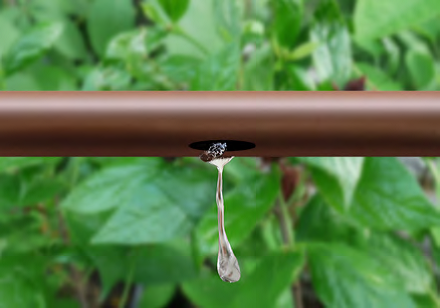
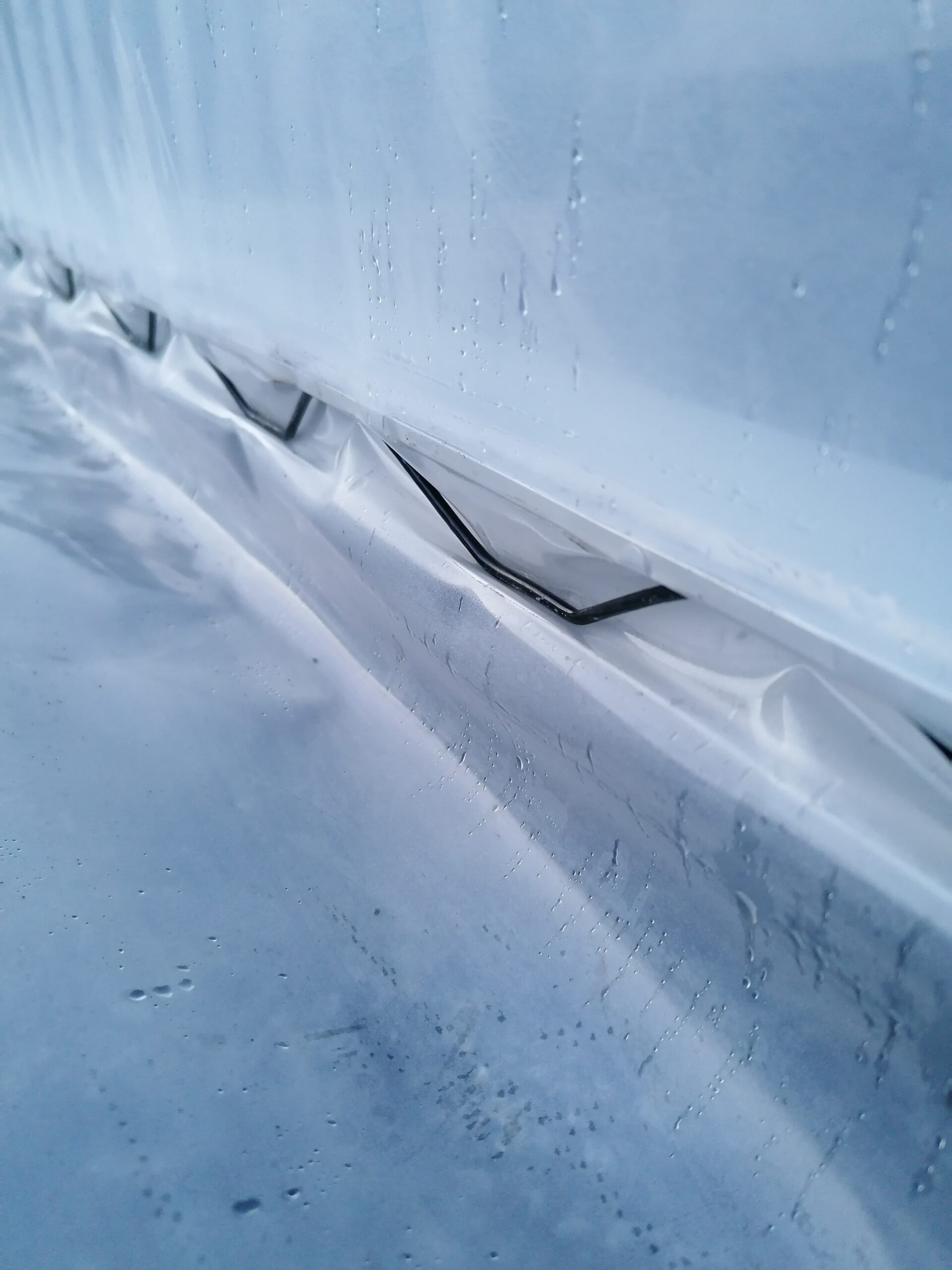
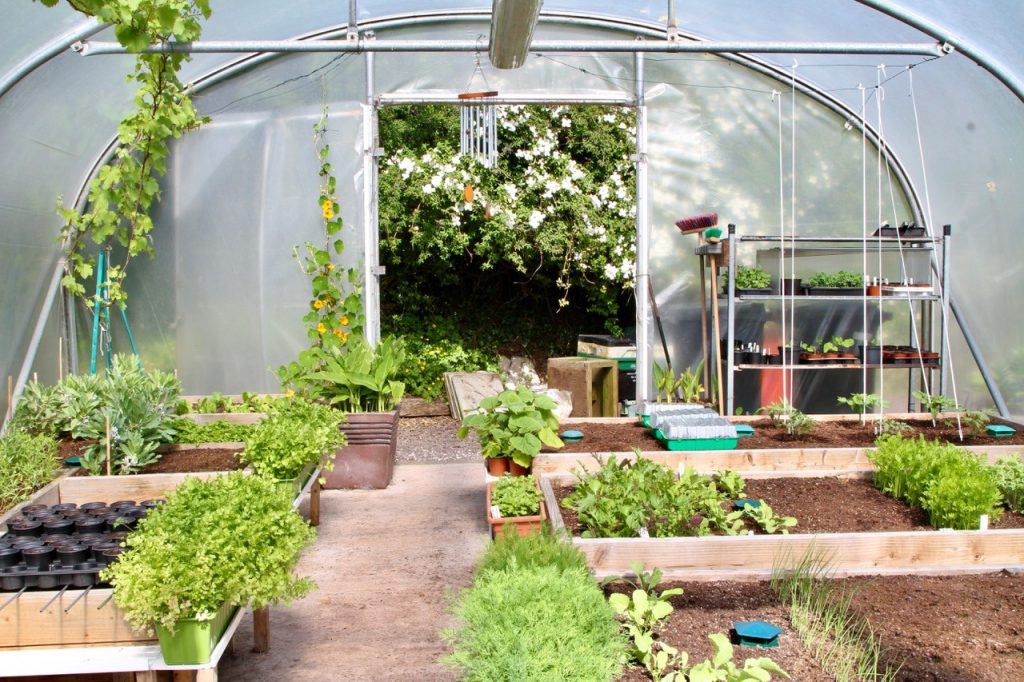
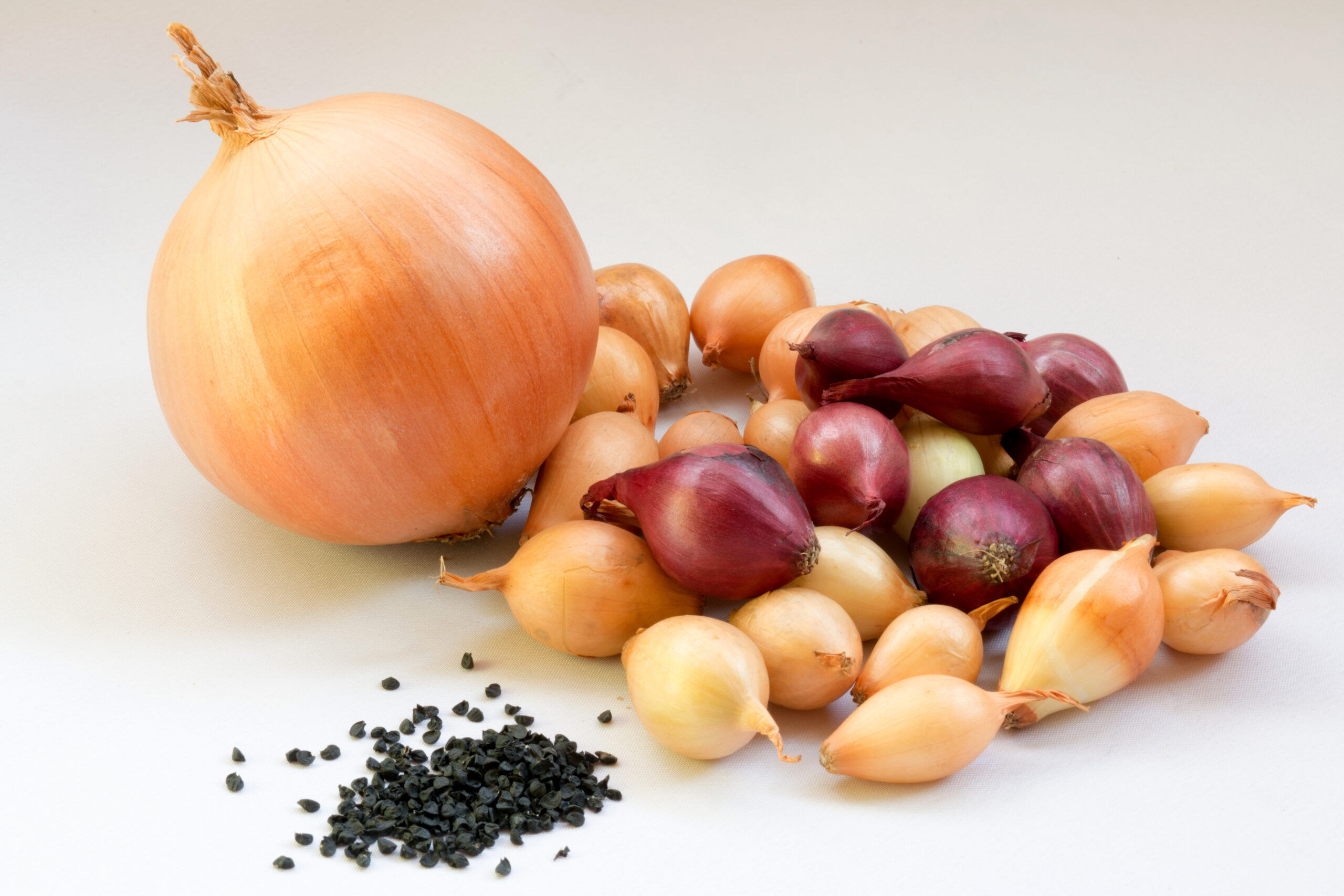
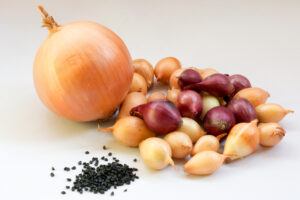
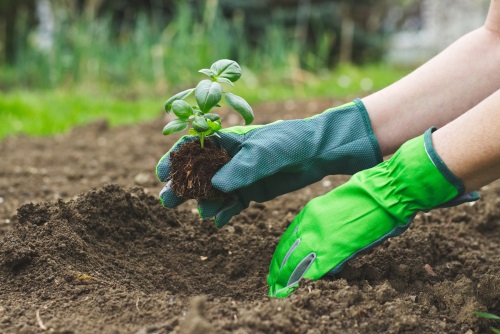



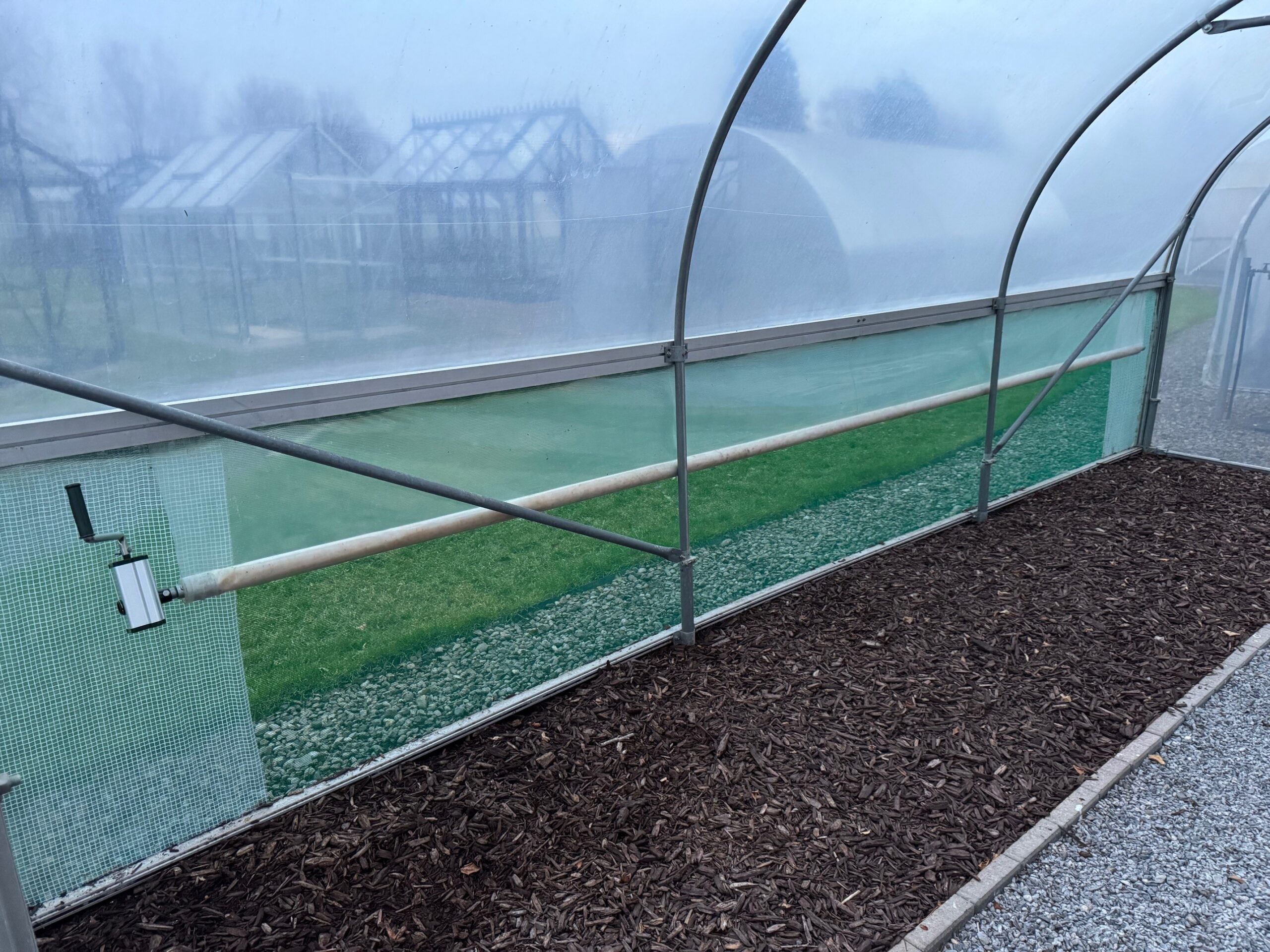
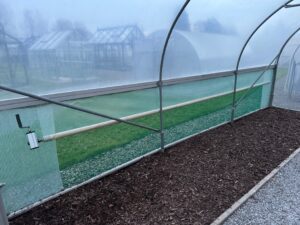
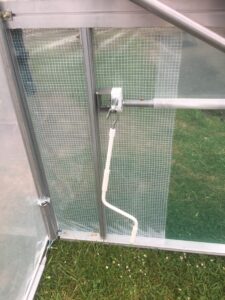
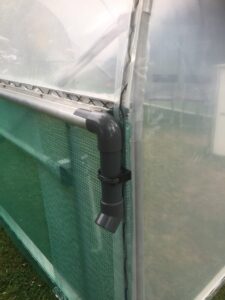
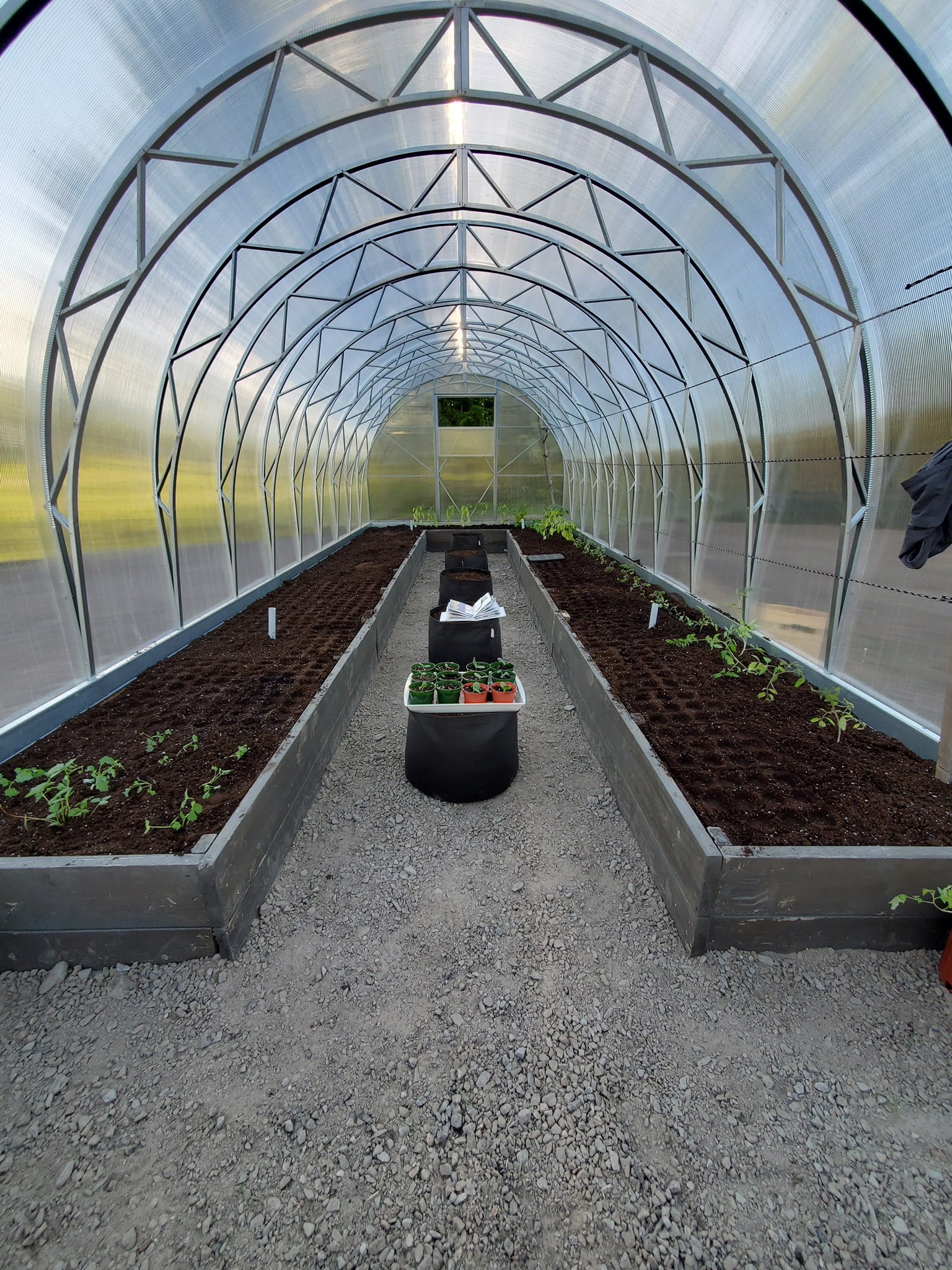
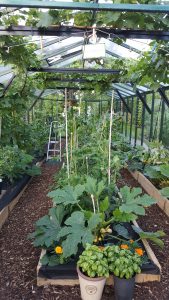
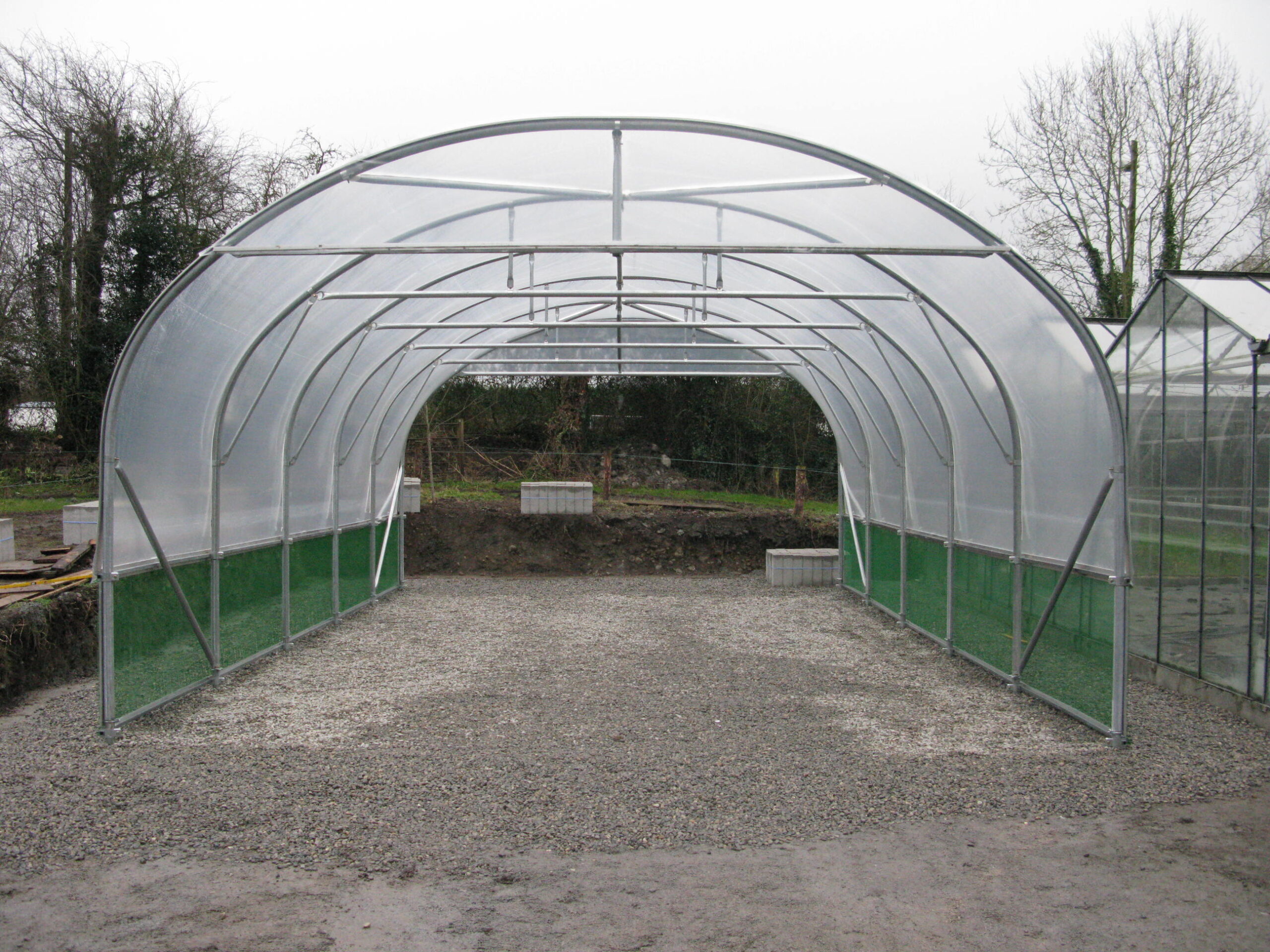
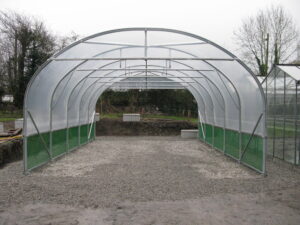 We recently built a canopy structure for Hannah’s Garden in Birr (formerly Ward’s Garden Centre), it is the kind of structure that customers ask us about for numerous applications. This type of structure can be used in Industry to keep pallets out of the rain, for livestock, for Garden Centres to avoid plants getting too wet (and of course customers too), it can be used for drying timber, hanging up your washing line, a car port (we have had people ask for this including for Vintage cars) – etc. etc. (I feel a competition coming on here for readers to think up practical suggestions of what it could be used for). This structure is the same design as our standard 6m wide Model but with extra height and a heavier frame than normal to carry the extra height. Thanks to our well equipped workshop and stock of steel we are able to customise our Polytunnels where the need arises.
We recently built a canopy structure for Hannah’s Garden in Birr (formerly Ward’s Garden Centre), it is the kind of structure that customers ask us about for numerous applications. This type of structure can be used in Industry to keep pallets out of the rain, for livestock, for Garden Centres to avoid plants getting too wet (and of course customers too), it can be used for drying timber, hanging up your washing line, a car port (we have had people ask for this including for Vintage cars) – etc. etc. (I feel a competition coming on here for readers to think up practical suggestions of what it could be used for). This structure is the same design as our standard 6m wide Model but with extra height and a heavier frame than normal to carry the extra height. Thanks to our well equipped workshop and stock of steel we are able to customise our Polytunnels where the need arises.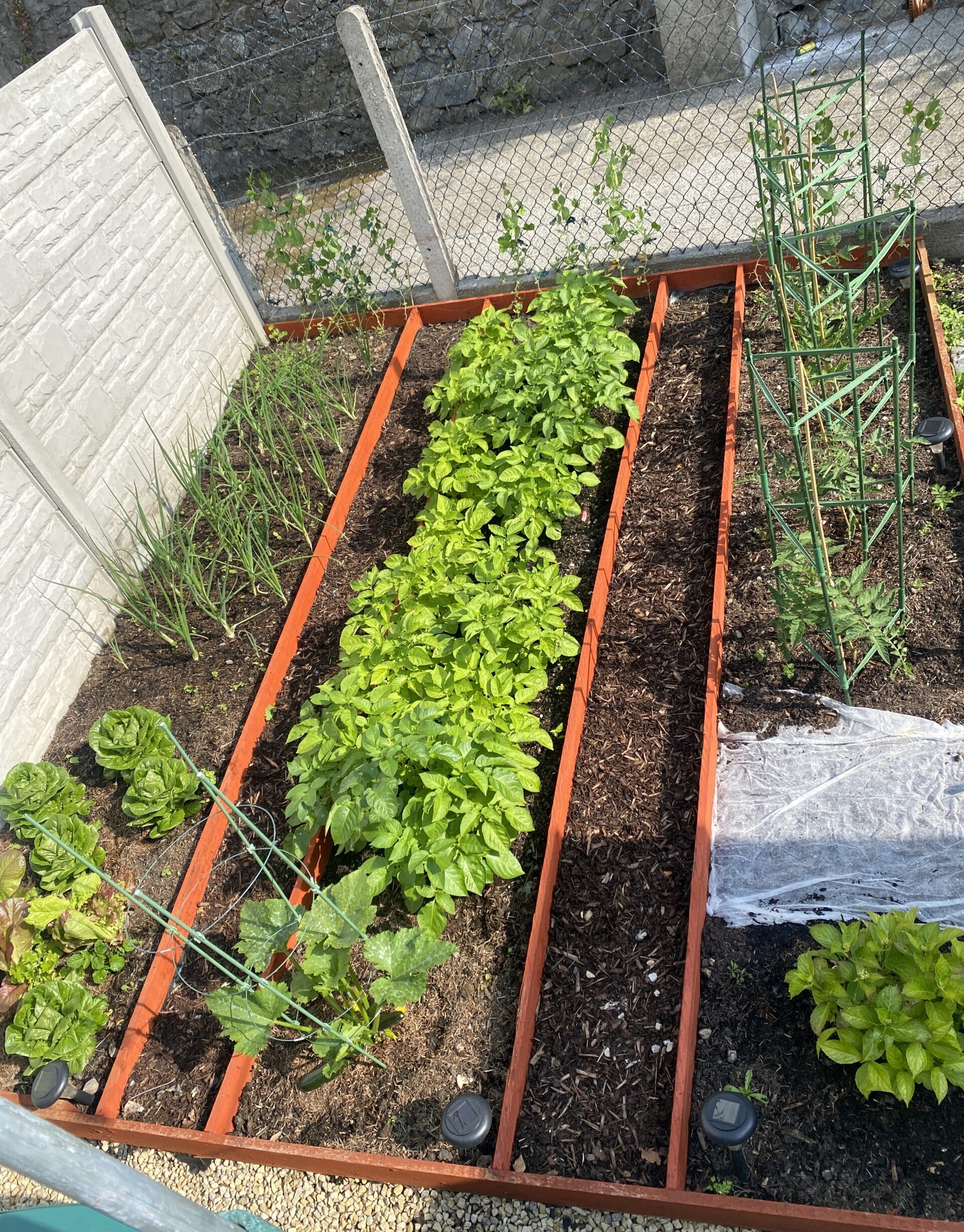
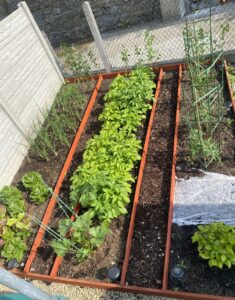 If you like your early potatoes early and you have enough room, why not plant some in your greenhouse in January? They could be ready for harvesting as soon as May. Yields can be modest, but the flavour of fresh early potatoes is unbeatable. Choose seed potatoes of an early variety, and stand them on a warm bright windowsill indoors to start sprouting. Keep the eyes facing upwards so the emerging shoots will be straight and tall.
If you like your early potatoes early and you have enough room, why not plant some in your greenhouse in January? They could be ready for harvesting as soon as May. Yields can be modest, but the flavour of fresh early potatoes is unbeatable. Choose seed potatoes of an early variety, and stand them on a warm bright windowsill indoors to start sprouting. Keep the eyes facing upwards so the emerging shoots will be straight and tall.



